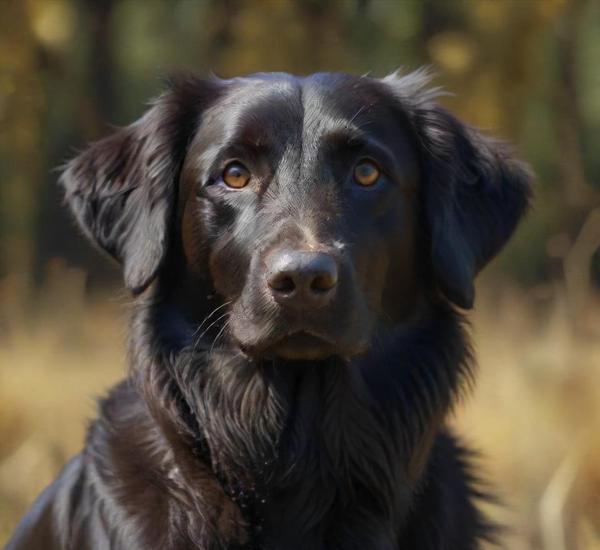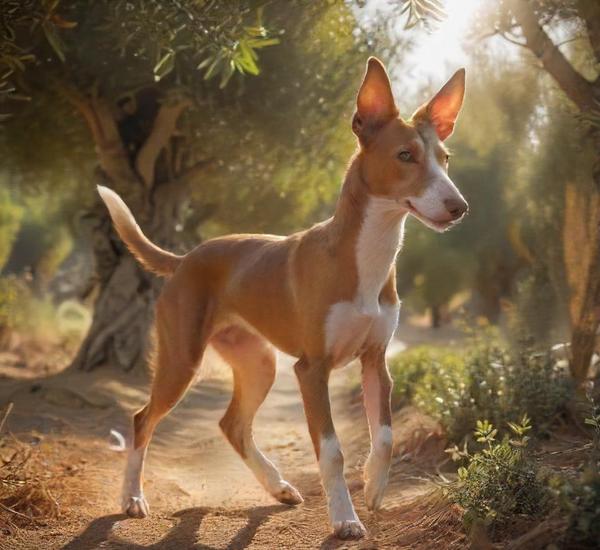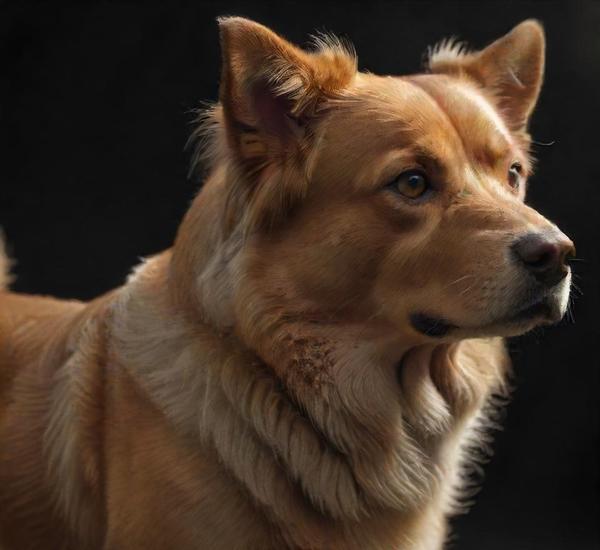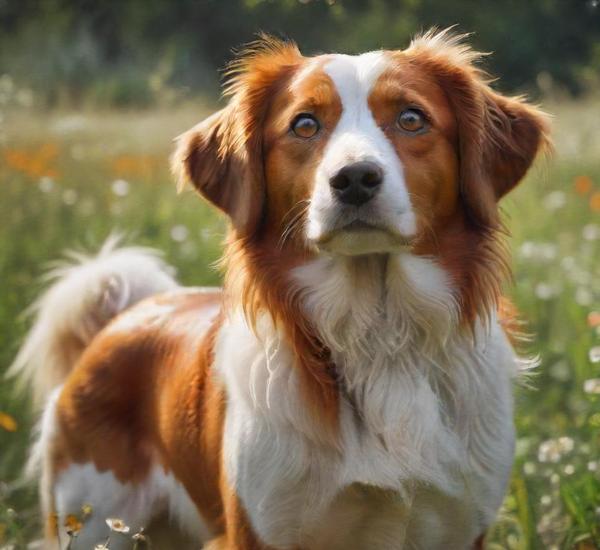The Flat-coated Retriever, often celebrated for its exuberant personality and glossy, black or liver-colored coat, is a breed that has captivated dog lovers for over …

Happy Paws: All About Dogs

The Flat-coated Retriever, often celebrated for its exuberant personality and glossy, black or liver-colored coat, is a breed that has captivated dog lovers for over …

The Podenco Andaluz, a captivating and ancient breed originating from Spain, embodies a unique blend of elegance, agility, and historical charm. Hailing from the Andalusian …

The Maneto dog breed, known for its compact stature and lively disposition, is a captivating and relatively rare breed originating from Spain. Characterized by its …

The Kooikerhondje, often affectionately known as the Kooiker, is a charming and versatile dog breed that has captured the hearts of many with its engaging …

The Bucovina Shepherd Dog, a robust and formidable breed hailing from the picturesque Bucovina region of Romania, is renowned for its impressive guarding abilities and …

The Levriero Sardo, a breed of striking elegance and remarkable heritage, embodies the grace and agility of Italy’s ancient hunting dogs. Also known as the …